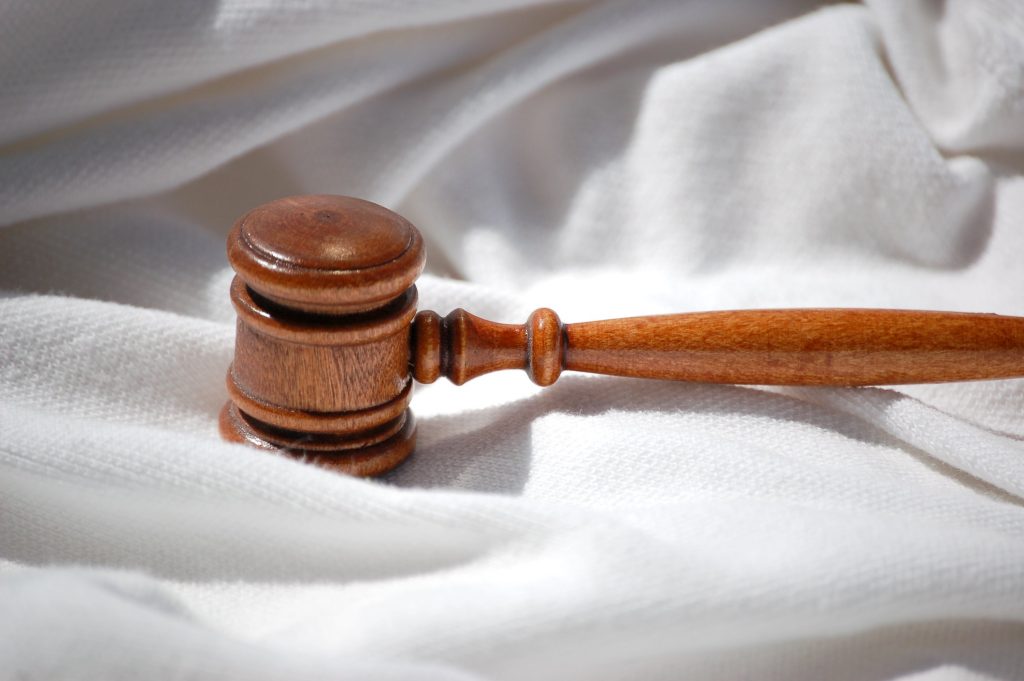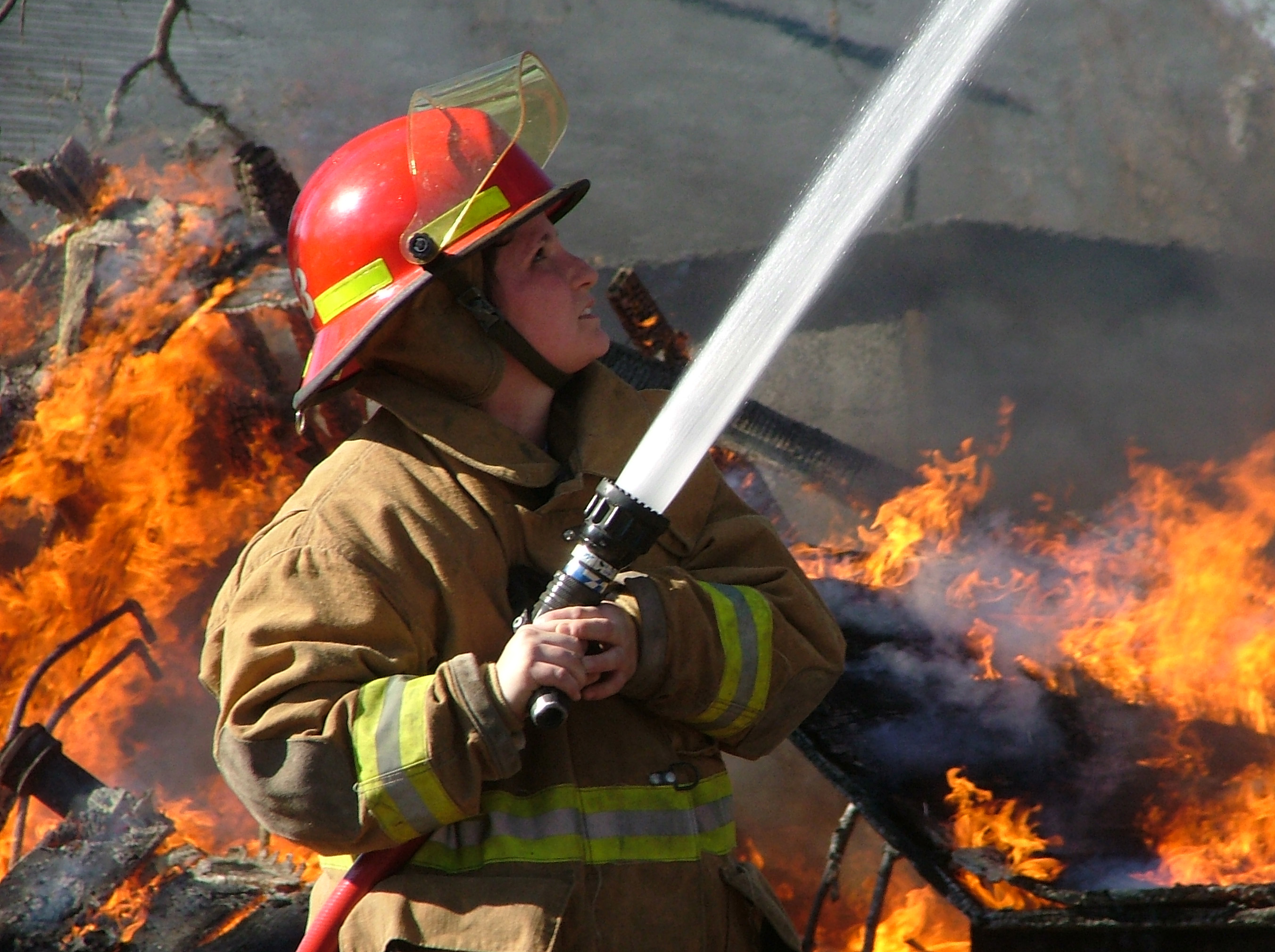
Even a minor car accident can result in injuries causing pain and disability. Some injuries are more difficult to prove than others. When a personal injury lawsuit resulting from a car accident goes to trial, a jury often makes determinations as to the extent of the injuries and the credibility of witnesses. If the court does not believe the credibility of your witnesses sometimes that can lead to your case being dismissed. Such determinations were made by a jury in a personal injury lawsuit brought by Andre Stevenson against Sandra Serth and her insurer, Travelers Casualty Insurance Company of America.
In November 2011, Andre Stevenson was stopped at a gas station waiting to pull out onto Veterans Memorial Boulevard. From the eastbound direction, Sandra Serth, in her PT Cruiser, ran a red light and struck another driver in a Nissan Maxima. This collision produced a domino effect sending the Maxima into Mr. Stevenson’s stopped vehicle. Mr. Stevenson claimed that he suffered neck and back injuries as a result of the collision. At trial, he testified as to the resulting injuries. He asserted that he did not have any pain before the accident, but started having neck and back pain after the accident occurred. In addition, he testified that he began treating the pain with an orthopedist and was given epidural steroid injections twice in his back and once in his neck. After Mr. Stevenson completed his testimony, his attorneys did not call any further witnesses. His medical records and the orthopedist’s two depositions were admitted into evidence. However, the orthopedist’s depositions were not read to the jury and pursuant to La. C.C.P. art. 1794(B), the depositions were not allowed into the jury room. Thus, it is unclear what effect, if any, the orthopedist’s depositions had on the jury.
On the other side, the defense produced as one of their witnesses an expert in neurosurgery. The expert reviewed Mr. Stevenson’s cervical and lumbar MRIs in addition to the reports of the radiologists who previously reviewed those same MRIs. The defense’s expert noted that there were some abnormalities in Mr. Stevenson’s neck, but made no statements or indications as to the significance of those abnormalities.
 Louisiana Personal Injury Lawyer Blog
Louisiana Personal Injury Lawyer Blog









 If your unlucky enough to slip and fall at a business the first person you would think about suing is the business itself. However, businesses today contract out many aspects of cleaning and other maintenance and in doing so also alleviate their responsibility for negligence on their property. The following case out of St. Tammany Parish discusses the concept of who might be at fault for a slip and fall when the cleaning of floors is contracted out to another party.
If your unlucky enough to slip and fall at a business the first person you would think about suing is the business itself. However, businesses today contract out many aspects of cleaning and other maintenance and in doing so also alleviate their responsibility for negligence on their property. The following case out of St. Tammany Parish discusses the concept of who might be at fault for a slip and fall when the cleaning of floors is contracted out to another party.